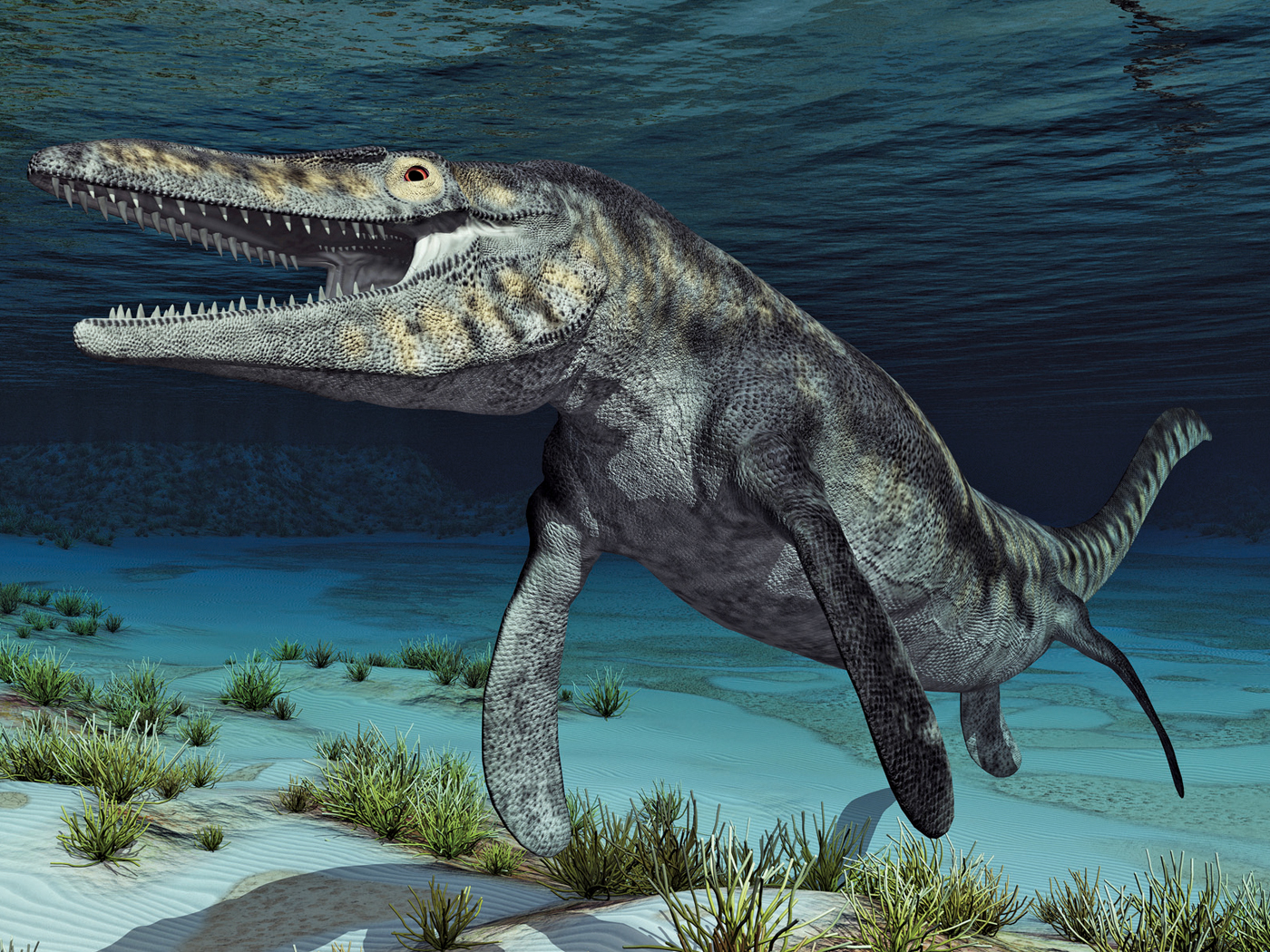According to standard evolutionary models, the earth is supposed to be 4.5 billion years old, and its continents supposedly formed 3.5 billion years ago. But if this is true, why haven't earth's landforms been completely eroded and deposited into the seas?
A new study indicates that the earth's overall erosion rate, although slow, would have leveled the continents at least 70 times over if they are as old as the evolutionary claim maintains!
Geologists have been measuring quantities of 10Be, an isotope of the element beryllium that becomes radioactive with exposure to the sun. The more 10Be that is present at a given site, the longer it has been exposed to the sun without being carried off by erosion. This system was used by dozens of geologists to estimate erosion rates around the world.
The study, which was published by the Geological Society of America,1 showed the collated 10Be data from every continent. The researchers painstakingly converted all the reports to directly comparable units and found that erosion occurs 18 times faster in drainage basins than it does in outcrops.
According to the study, the average erosion rate for outcrops was 40 feet every one million years. The average thickness of continental crust above sea level can be estimated at about 623 meters, or 2,044 feet.2 To erode 2,000 feet of crust at 40 feet per one million years would require only 50 million years. So, if the earth is billions of years old, why is its surface not completely flat?
Continental basins, or low-lying areas that receive more rainfall from higher elevations, erode much faster. Applying this rate, continents would have eroded down to sea level in less than three million years. So the data in this study indicate that the overall time needed for continents to erode lies between three and 50 million years, a range that includes the 2007 estimate by ICR President John Morris of 14 million years.3
In order to maintain their belief in long ages, some might suggest that landforms were repeatedly uplifted by tectonic forces, providing more land mass for weather to erode. However, Loma Linda University geologist Ariel Roth noted that this scenario would have obliterated the very rock layers that supposedly represent evolution's millions of years! He wrote:
It has been suggested that mountains still exist because they are constantly being renewed by uplift from below. However, this process of uplift could not go through even one complete cycle of erosion and uplift without eradicating the layers of the geologic column found in them. Present erosion rates would tend to rapidly eradicate evidence of older sediments; yet these sediments are still very well-represented, both in mountains and elsewhere.2
The newly reported erosion rates confirm this longstanding argument. The fact that mountains and even continents still exist is testimony to the young age of the earth. It looks as though the continents cannot be billions of years old, because they would all have eroded in a fraction of that time. And yet they still stand tall.
References
- Portenga, E. W. and R. R. Bierman. 2011. Understanding Earth's eroding surface with 10Be. GSA Today. 21 (8): 4-10.
- Roth, A. A. 1986. Some Questions about Geochronology. Origins. 13 (2): 64-85.
- Morris, J. D. 2007. The Young Earth. Green Forest, AR: Master Books, 93.
* Mr. Thomas is Science Writer at the Institute for Creation Research.
Article posted on August 22, 2011.



















